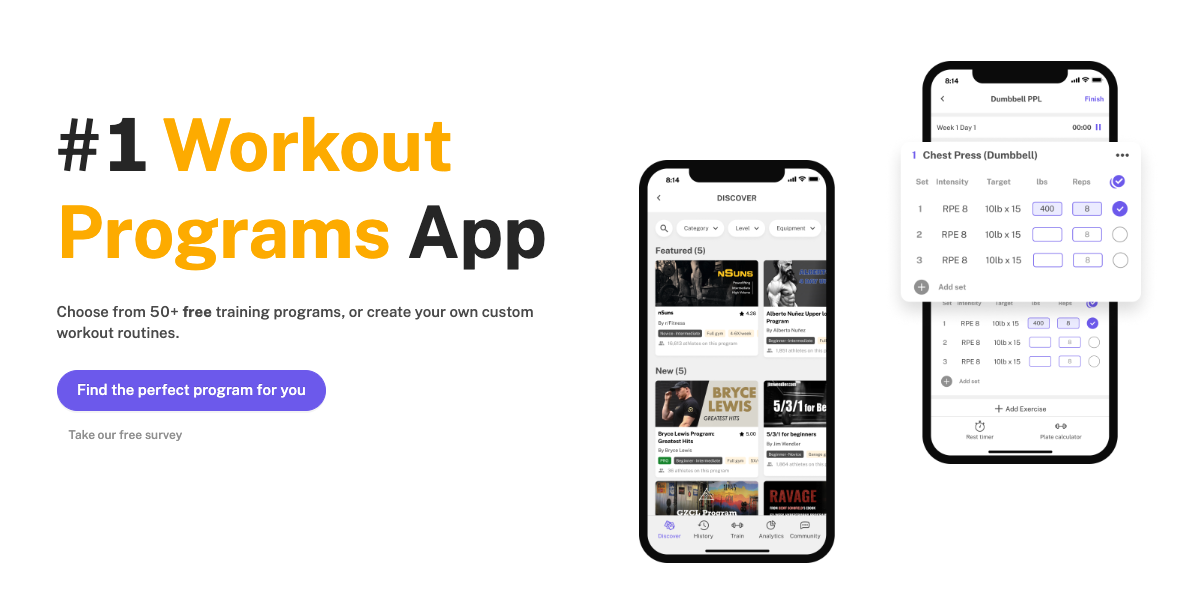Mastering the Power Clean Exercise
Written by The Boostcamp Editors
A full guide to an explosive exercise
Welcome to the world of strength training! When it comes to taking your training to the next level, mastering the power clean exercise is a must. The power clean is a complex movement that falls under the category of Olympic weightlifting. It is known for its explosive power and ability to engage multiple muscle groups, making it a highly effective compound exercise.
Our team at Boostcamp is going to dive into the core principles of power clean, the proper form to execute the exercise, the six phases of the movement, common errors to avoid, variations and alternatives, and the benefits of incorporating the power clean into your fitness routine.
So, let's dive in and explore the ins and outs of the power clean!
Understanding the Power Clean Exercise
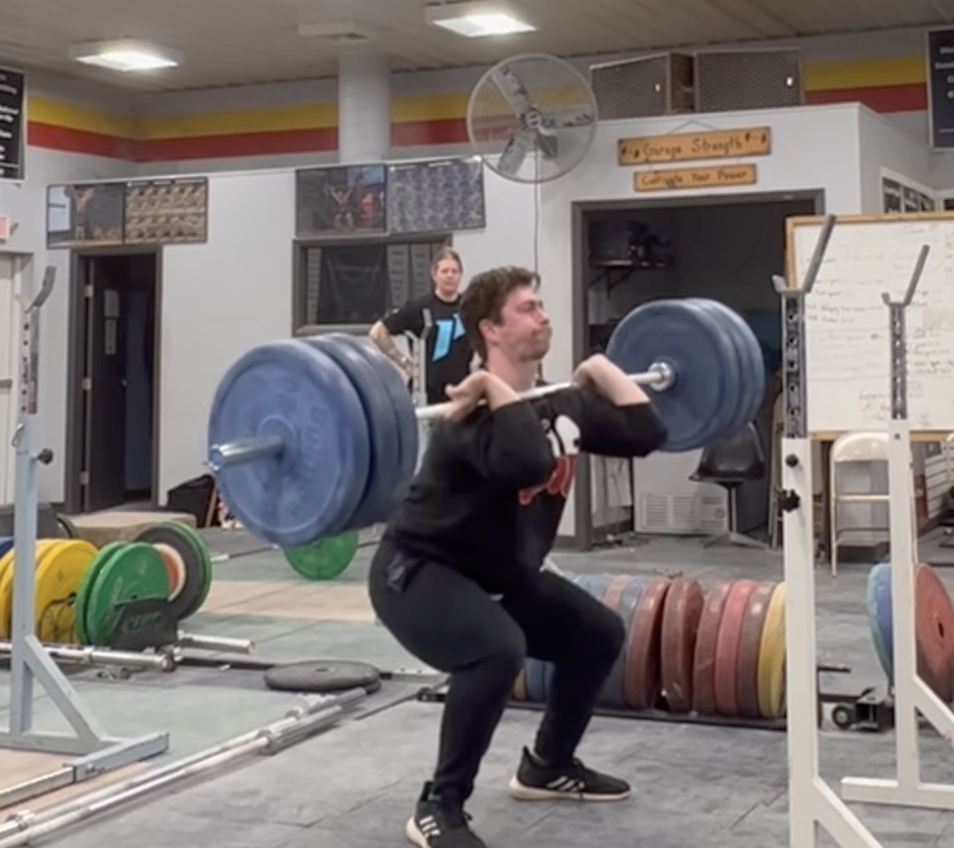
The power clean exercise is a staple in Olympic weightlifting, as well as many different athletic training programs, and is renowned for its explosive power development (hence the reason you see so many different athletes utilizing it). It is a complex movement that requires coordination, strength, and proper form, as you do not want to get injured. The power clean involves lifting a barbell from the floor to the front squat position in one fluid motion.
This explosive movement engages major muscle groups, including the lower body, the back, and the shoulders, making it an excellent choice for full body strength development. By incorporating the power clean into your training, you can enhance your explosive power, rate of force development, and overall fitness level.
The Core Principles of Power Clean
The power clean is all about explosive power, and the key to mastering this exercise lies in understanding the core principles behind it. Explosive power is the ability to generate force rapidly, and the power clean emphasizes the second pull to achieve upward momentum. This upward momentum is essential for the barbell to transition from the hang position to the catch position. The clean pull, which is a crucial aspect of the power clean, requires the lifter to catch the bar in the front squat position, supporting it on the shoulders.
To execute the power clean effectively, coordination of the lower body, glutes, hamstrings, and back is essential. These major muscle groups work together to generate the explosive power needed to elevate the barbell. Additionally, the power position, which is the starting point of the power clean, is vital for explosiveness and proper barbell catch. The lifter's ability to maintain control during the clean pull is facilitated by using a hook grip, where the fingers wrap over the thumb and the barbell. By focusing on these core principles, you can maximize the benefits of the power clean exercise.
The Importance in Strength Training
Strength training plays a crucial role in overall fitness, and the power clean exercise is a valuable addition to any strength training program. When performed correctly, the power clean does have the ability to stimulate muscle growth, particularly in the lower body and back. By incorporating heavier weights and increasing the intensity of the power clean, you can challenge your muscles, leading to greater strength gains and muscle growth over time.
The power clean also improves explosiveness and rate of force development. The explosive nature of the power clean movement allows you to train the body to generate force rapidly, which is beneficial for various athletic activities. Whether you are an athlete looking to enhance your performance or a fitness enthusiast striving to improve your fitness level, the power clean can be customized to suit your needs and goals. It offers a dynamic and challenging workout that engages multiple muscle groups and enhances full body coordination.
Proper Form for the Power Clean Exercise
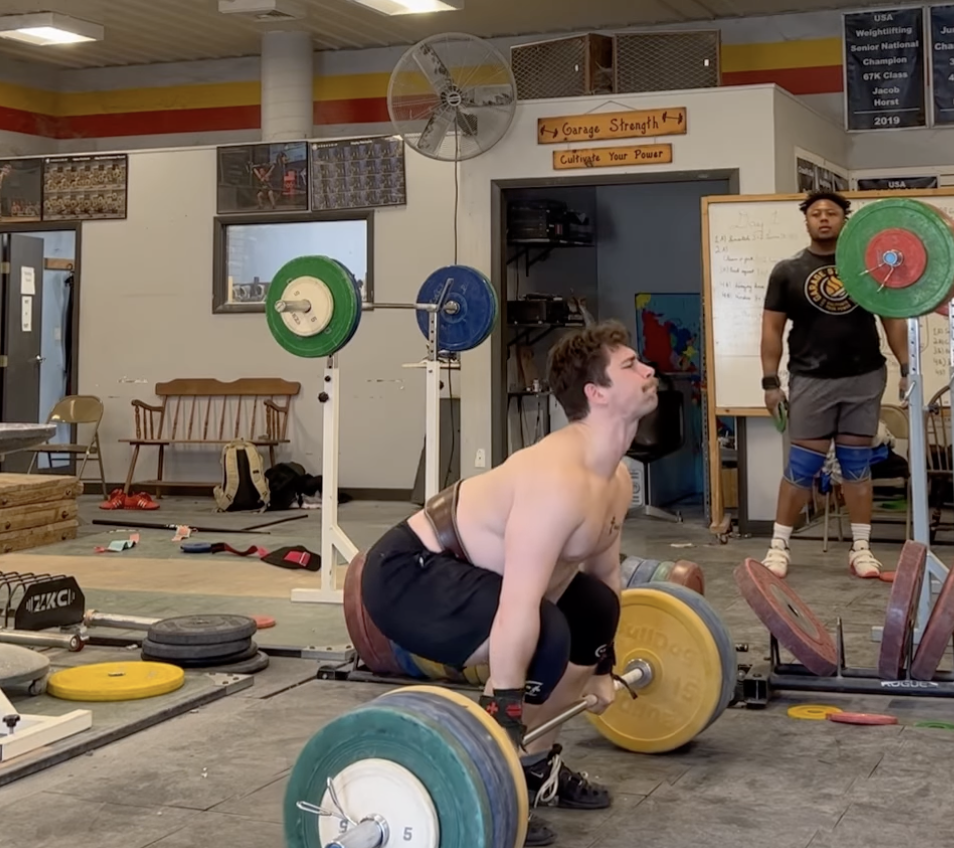
To maximize the benefits of the power clean and minimize the risk of injury, it is essential to understand the proper form and technique. Proper form ensures efficiency, safety, and optimal muscle activation during the exercise. Let's delve into the initial positioning, transition stages, and the final positioning of the power clean.
The Initial Positioning
The power clean begins with the lifter's setup position. Stand with your feet shoulder-width apart, toes slightly turned out. Place the barbell over the midfoot, ensuring it is in line with the bony prominence of your clavicle. Your torso should be at an angle, with the shoulder blades directly above or slightly in front of the barbell. The lifter's hips should be higher than the knees, creating a strong starting point for the movement. To maintain control during the clean pull, use a hook grip, wrapping your fingers over the thumb and the barbell.
Transition Stages of the Exercise
The power clean involves fluidly transitioning through different stages of the exercise to generate upward momentum and catch the barbell in the front rack position. Here are the key transition stages to keep in mind:
The first pull: This initiates the barbell's movement upward, focusing on generating upward momentum.
The second pull: This is the explosive phase of the power clean, where you generate maximum power to elevate the barbell.
The catch position: After the second pull, the lifter transitions to the catch position, which involves receiving the barbell on the front of the shoulders in the front rack position.
Fluid motion: It's essential to move fluidly from the hang position to the catch, minimizing any unnecessary pauses or breaks in the movement.
The Final Positioning
In the final position of the power clean, the lifter stands up, completing the power clean movement. The barbell is caught on the front of the shoulders in the front rack position. From here, you can choose to transition into a front squat, wherein the lifter descends into a full squat position while maintaining the barbell in the front rack position. This front rack position, with the elbows high, ensures the barbell is secure and allows for proper squatting form. It's important to focus on maintaining the proper form to prevent injury during the catch and squatting portion of the power clean movement.
The Six Phases of the Power Clean Exercise
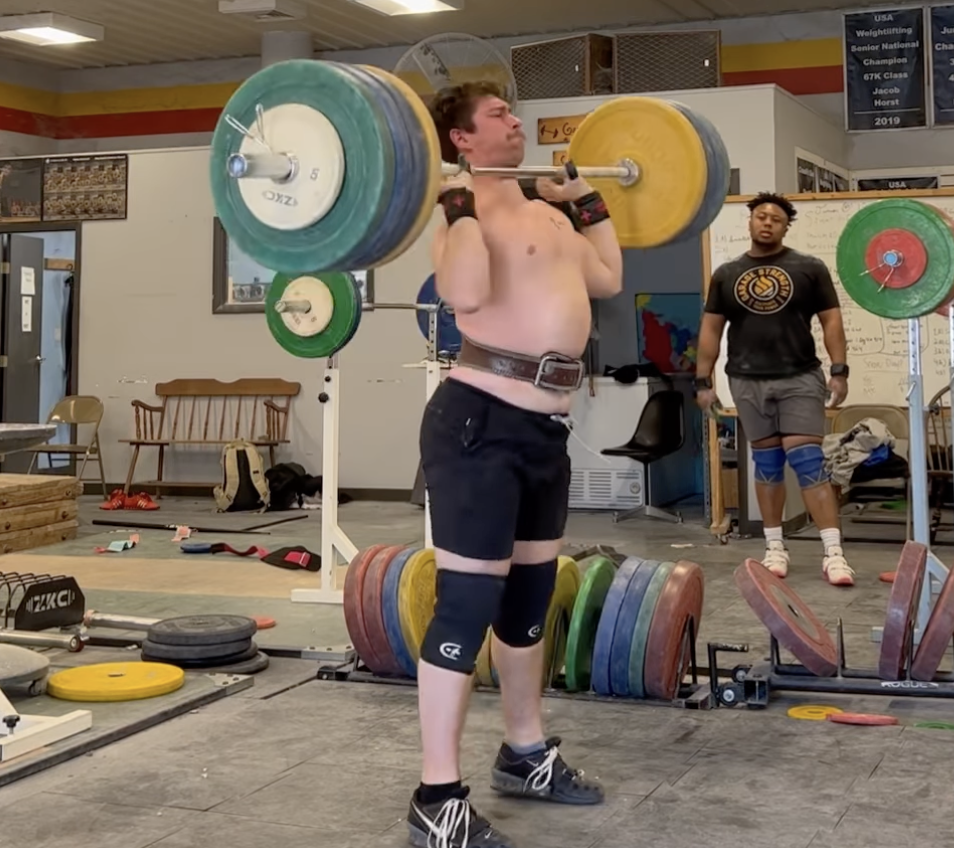
Now let's dive into the six phases of the power clean exercise, from the starting position to the recovery phase. Understanding these phases will help you execute the power clean with proper form and coordination.
Phase 1: The Starting Position
The power clean starts with the lifter in the starting position, which involves setting up the squat rack and placing the barbell at the appropriate height. Stand in front of the barbell with your feet shoulder-width apart, toes slightly turned out. The barbell should be over the bony prominence of your clavicle, and your torso should be angled, with your shins touching the barbell. This starting position mimics the deadlift setup, allowing for an efficient transfer of force when initiating the first pull.
Phase 2: First Pull
The first pull of the power clean focuses on initiating the barbell's movement upward. Engage your lower back and hamstrings to extend the hips and knees, driving the barbell off the floor. Keep the barbell close to your body during the first pull, maintaining a constant back angle as the barbell ascends. The first pull is crucial for generating upward momentum and setting the stage for the second pull.
Phase 3: Transition
The transition phase of the power clean involves the barbell moving explosively upward from the first pull to the catch position. At the top of the first pull, transition to the hang position, where the barbell is held just above the knees. From the hang position, transition to a partial squat position, bending the knees and engaging the lower body to transfer momentum to the barbell. This phase requires fluid motion to effectively transfer momentum to the barbell and prepare for the explosive second pull.
Phase 4: Second Pull
The second pull of the power clean is where the explosiveness and upward momentum are generated. Drive explosively through the heels, extending the hips, knees, and ankles to propel the barbell upward. This explosive movement engages the major muscle groups, including the quadriceps, lower back, hamstrings, and glutes. Timing and coordination are key during the second pull to maximize power generation and elevate the barbell.
Phase 5: Catch
The catch portion of the power clean involves receiving the barbell in the front rack position, ready to transition to the squat position if desired. As the barbell reaches shoulder level, quickly drop underneath it, catching it on the front of the shoulders with the elbows high and the barbell resting comfortably on the anterior deltoids. This catch position allows for the safe and controlled deceleration of the barbell's upward momentum. From the catch position, you can choose to transition into a front squat, maintaining proper form and coordination.
Phase 6: Recovery
The recovery phase marks the completion of the power clean movement. From the catch position, stand up by extending the hips, knees, and ankles, completing the power clean. If you have transitioned into a front squat, continue the movement by descending into a full squat position, keeping the barbell in the front rack position. This front squat position further engages the lower body and core, allowing for additional training benefits. From the front squat position, you can choose to rack the barbell or transition into an overhead press, incorporating more upper body strength and stability into the movement.
Common Errors in Performing Power Clean
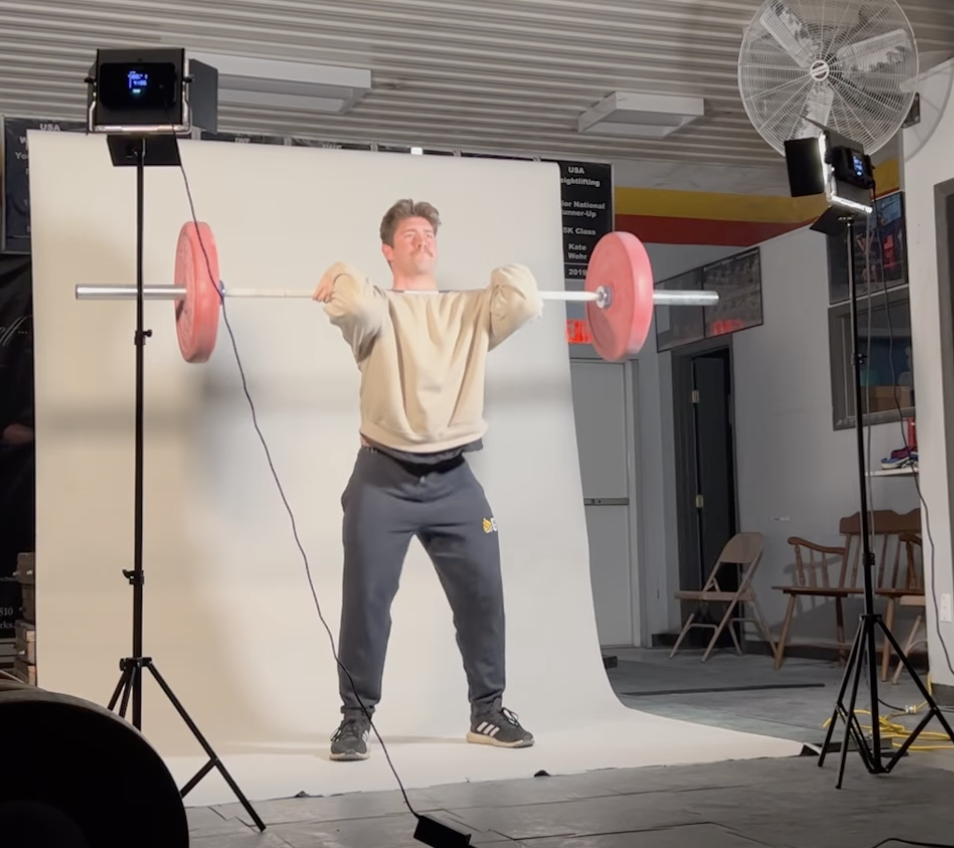
There are a lot of mistakes to be made with a movement like this, as you are not just picking a weight up or moving it in one directional plane. To master the power clean, it's important to be aware of common errors that may occur during the exercise. By understanding these errors, you can correct your form and technique, maximizing the benefits of the power clean. Let's explore some of the common errors and how to avoid them.
Improper Grip and Stance
An improper grip and stance can significantly impact the effectiveness of the power clean exercise. Here are some common grip and stance errors to avoid:
Improper grip: It's important to use a hook grip, wrapping your fingers over the thumb and the barbell, to maintain control during the clean pull.
Incorrect stance: Stand with your feet shoulder-width apart, toes slightly turned out. This allows for optimal force transfer and stability during the exercise.
Incorrect Weight Distribution
Proper weight distribution is essential for executing the power clean with proper form and balance. Incorrect weight distribution can lead to balance issues, missed lifts, and potential injury. Here are some tips to ensure proper weight distribution:
Maintain an even weight distribution between the heels and balls of the feet throughout the movement.
Keep the barbell close to the body, ensuring the weight is balanced over the midfoot, not tilted towards the front or back of the barbell.
Focus on engaging the core and maintaining a stable, balanced position throughout the exercise.
Ineffective Power Generation
Ineffective power generation can hinder the effectiveness of the power clean exercise. Here are some common mistakes to watch out for and how to generate power effectively:
Lack of explosive power: Be sure to generate power explosively by driving through the heels, extending the hips, knees, and ankles. This explosive power, along with coordination of the major muscle groups, is crucial for a successful power clean.
Poor coordination: Focus on coordinating the movement of the lower body, glutes, hamstrings, and back to generate power efficiently. Smooth and fluid motion is key to proper power generation.
Variations and Alternatives to Power Clean
While the power clean is an excellent exercise, variations and alternatives can add variety to your training routine. Let's explore two popular clean variations: the hang clean and the clean and jerk.
Hang Clean Exercise
The hang clean is a variation of the power clean that focuses on explosiveness and power development. It involves starting the movement with the barbell at mid-thigh level, holding it in the hang position. From the hang position, perform the clean pull, using explosive power to transition the barbell to the catch position. The hang clean targets the major muscle groups involved in the power clean, providing similar benefits in terms of explosiveness and coordination. Incorporating the hang clean into your training routine can help improve overall strength, power, and clean form.
Clean and Jerk Exercise
The clean and jerk exercise is a complex movement in weightlifting, commonly seen in Olympic weightlifting competitions. It combines the power clean with an overhead press, targeting major muscle groups. The clean and jerk involves explosively powering the barbell upward, catching it in the front squat position, and then transitioning to an overhead press. This movement incorporates the benefits of the power clean, while also challenging the lifter's shoulder and upper body strength. Proper form, technique, and coordination are crucial to mastering the clean and jerk exercise.
Choosing a Good Weightlifting Program
One of the most surefire ways of mastering the power clean is by following a program. A well written lifting program will help you incorporate things like progressive overload as well as deload weeks, track your progress, and overall hold you accountable for what you do in the gym.
Keep in mind that good programs will help with your fitness journey, so you want to find a program that caters to your needs and guides you in the right direction, making sure that you are making the most gains. If you are looking to stay on track and continue with linear progression, then finding a good workout program is the key. Where do you look for a good workout program? Check out the Boostcamp App for some great programs.
Boostcamp is home to over 50 FREE workout programs that consist of strength, hypertrophy, or functional fitness, or both, from the push pull legs program all the way to upper lower. However, with Boostcamp, you don’t have to just follow a pre-written program, you also can create your own program as well, and track your progress to make sure you are on the right track. That being said, when you are looking to incorporate some arm training to further your powerlifting progress, then check out Boostcamp.
Conclusion
In conclusion, mastering the power clean exercise is a game-changer when it comes to strength training and overall athletic performance. By understanding the core principles and proper form, you can maximize the benefits of this compound movement. Additionally, familiarizing yourself with the six phases of the power clean allows you to execute each part with precision and efficiency. While there may be common errors to watch out for, such as improper grip and stance or ineffective power generation, these can be corrected with practice and guidance.
Don’t forget to check out some great programs on the Boostcamp App! Also, be sure to follow Boostcamp on Instagram and subscribe on YouTube!
